Your cart is currently empty!
Tag: Compliance
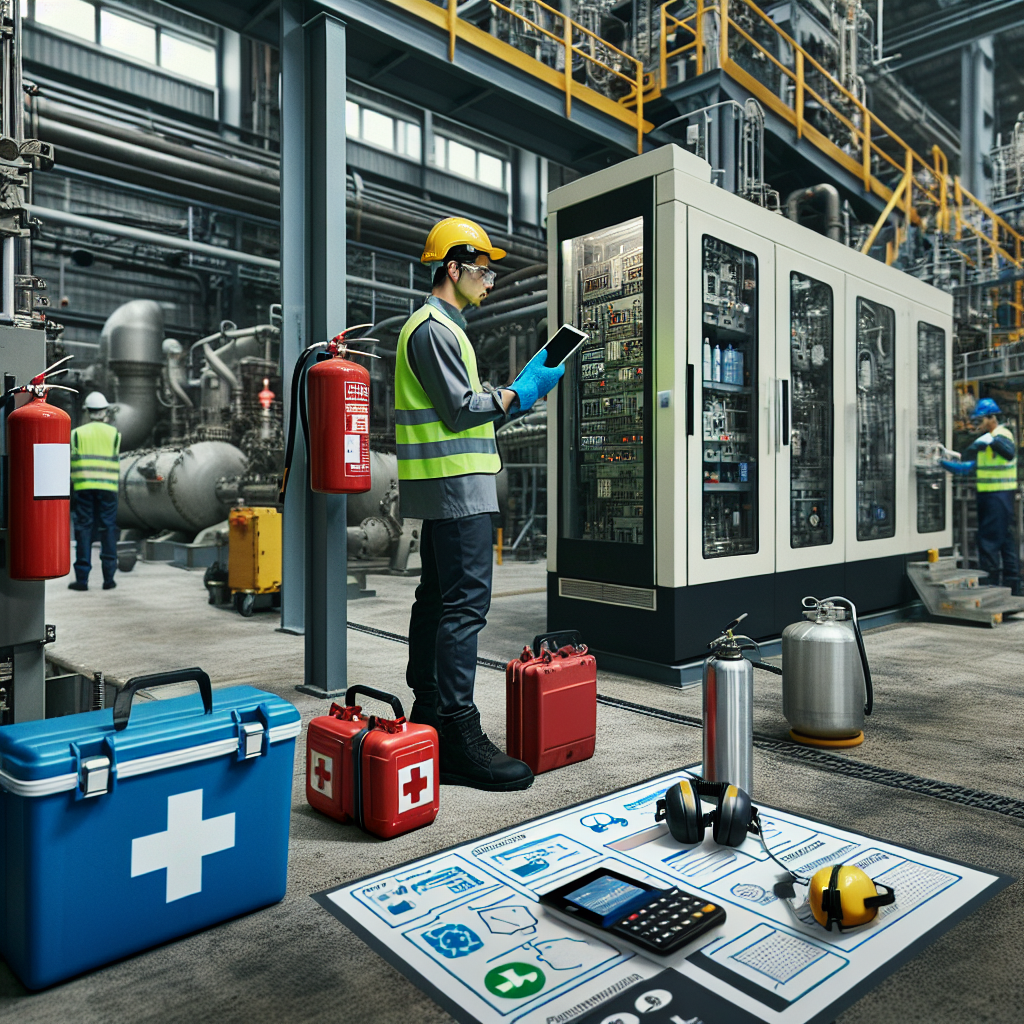
How Proactive Maintenance Can Improve Safety and Compliance in Your Facility
Proactive maintenance is essential for ensuring the safety and compliance of a facility. By taking a proactive approach to maintenance, facilities can reduce the risk of accidents and ensure that all equipment and systems are operating efficiently and in compliance with regulations.One of the key benefits of proactive maintenance is that it allows facilities to identify and address potential issues before they become major problems. By regularly inspecting equipment and systems, facilities can catch issues early on and make repairs or replacements as needed. This can help prevent breakdowns and malfunctions that could pose a safety risk to employees or visitors.
Proactive maintenance also helps facilities stay in compliance with regulations and standards. By staying on top of maintenance tasks and keeping accurate records, facilities can demonstrate to regulatory agencies that they are taking the necessary steps to ensure safety and compliance. This can help prevent fines and penalties for non-compliance and help maintain a positive reputation in the industry.
In addition to improving safety and compliance, proactive maintenance can also lead to cost savings for facilities. By addressing issues early on, facilities can avoid costly repairs or replacements down the line. Regular maintenance can also help equipment and systems operate more efficiently, leading to lower energy costs and longer lifespans for equipment.
To implement a proactive maintenance program in your facility, consider the following steps:
1. Develop a maintenance schedule: Create a schedule for inspecting and maintaining all equipment and systems in your facility. Be sure to include regular inspections, cleaning, and lubrication tasks to keep equipment in good working order.
2. Train staff: Ensure that all staff members are trained on how to properly maintain equipment and perform routine maintenance tasks. This will help prevent accidents and ensure that maintenance is done correctly.
3. Keep accurate records: Keep detailed records of all maintenance tasks performed, including dates, tasks completed, and any issues or repairs made. This will help track the maintenance history of equipment and demonstrate compliance with regulations.
4. Stay informed: Stay up to date on industry regulations and standards to ensure that your facility is compliant. Regularly review maintenance procedures and make adjustments as needed to meet current requirements.
Overall, proactive maintenance is a crucial aspect of ensuring the safety and compliance of a facility. By taking a proactive approach to maintenance, facilities can reduce the risk of accidents, stay in compliance with regulations, and save money in the long run. Implementing a proactive maintenance program can help facilities operate more efficiently and effectively, leading to a safer and more compliant work environment.
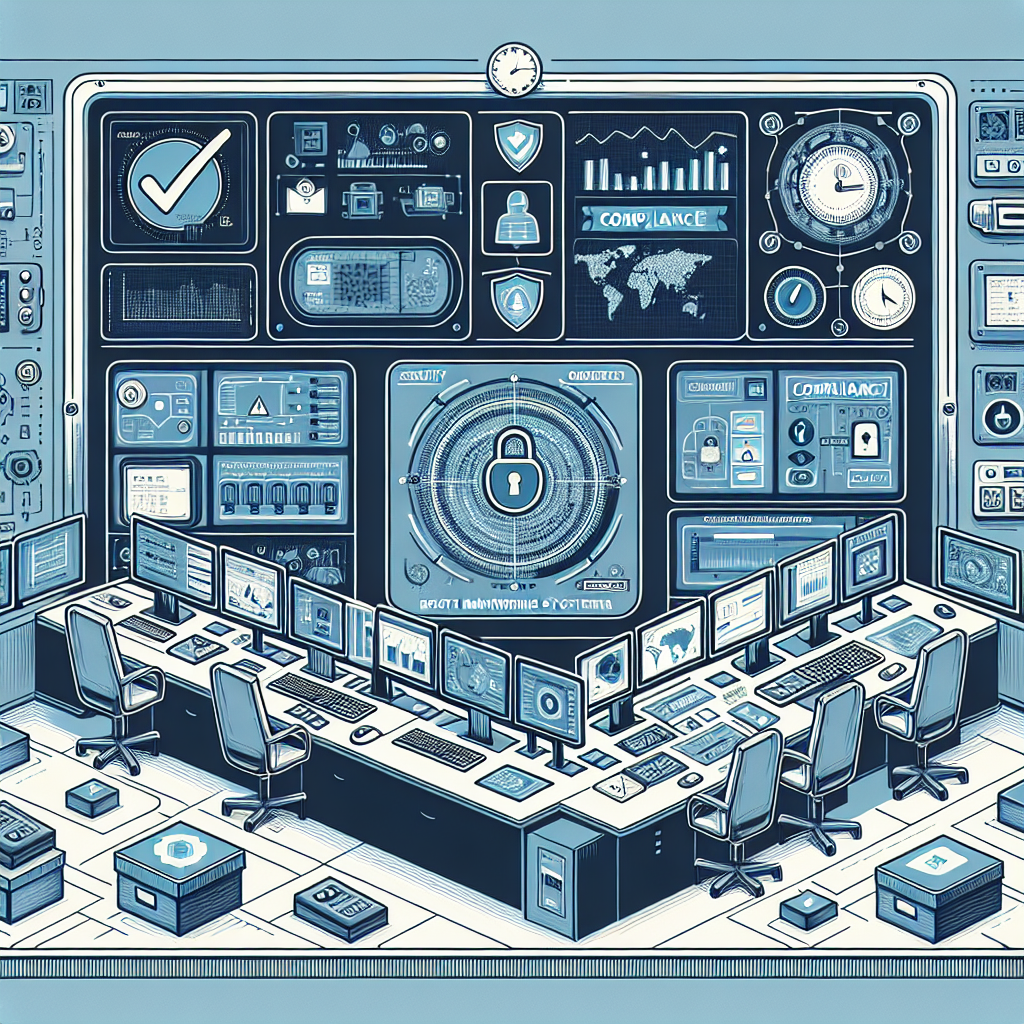
Ensuring Security and Compliance with Remote Monitoring Systems
In today’s digital age, remote monitoring systems have become an essential tool for businesses looking to ensure security and compliance. These systems allow organizations to keep a close eye on their operations, even when they are not physically present at the location.One of the key advantages of remote monitoring systems is their ability to provide real-time updates on the status of critical assets, such as machinery, equipment, and infrastructure. By constantly monitoring these assets, businesses can identify and address potential issues before they escalate into more serious problems.
In addition to enhancing security, remote monitoring systems also play a crucial role in ensuring compliance with industry regulations and standards. Many industries, such as healthcare, finance, and manufacturing, are subject to strict regulations governing the handling of sensitive data and the maintenance of equipment. Failure to comply with these regulations can result in hefty fines and damage to a company’s reputation.
By implementing remote monitoring systems, businesses can demonstrate their commitment to compliance by maintaining accurate records of their operations and ensuring that all necessary protocols are being followed. These systems can also provide valuable data for audits and regulatory inspections, helping businesses to avoid costly penalties and legal issues.
Furthermore, remote monitoring systems can help businesses improve their overall efficiency and productivity. By automating the monitoring process, employees can focus on more strategic tasks, rather than spending time manually checking on equipment and assets. This can lead to cost savings and increased profitability for the organization.
When choosing a remote monitoring system, it is important for businesses to consider factors such as scalability, reliability, and ease of use. The system should be able to adapt to the changing needs of the organization and provide accurate and timely information to key stakeholders.
In conclusion, remote monitoring systems are a valuable tool for businesses looking to enhance security, ensure compliance, and improve efficiency. By investing in these systems, organizations can stay ahead of potential risks and maintain a competitive edge in today’s fast-paced business environment.

Ensuring Security and Compliance Through Remote Monitoring Solutions
In today’s digital age, ensuring the security and compliance of your organization is more important than ever. With the rise of remote work and the increasing number of cyber threats, it is essential to have robust monitoring solutions in place to protect your sensitive data and maintain compliance with industry regulations.Remote monitoring solutions are tools that allow organizations to keep a close eye on their networks, devices, and data from a distance. These solutions use advanced technology to detect and respond to security threats in real-time, ensuring that any potential breaches are identified and addressed promptly.
One of the key benefits of remote monitoring solutions is the ability to monitor a wide range of devices and systems, including computers, servers, mobile devices, and cloud services. This comprehensive monitoring capability helps organizations to identify vulnerabilities and potential security risks across their entire network, allowing them to take proactive measures to protect their data.
In addition to monitoring for security threats, remote monitoring solutions also play a crucial role in ensuring compliance with industry regulations and standards. Many industries, such as healthcare and finance, have strict data protection requirements that organizations must adhere to in order to avoid fines and legal consequences. Remote monitoring solutions can help organizations to stay compliant by providing real-time visibility into their security posture and helping them to demonstrate their adherence to industry regulations.
Furthermore, remote monitoring solutions can also help organizations to streamline their incident response processes and improve their overall security posture. By automatically alerting IT teams to potential security incidents and providing detailed insights into the nature of the threat, these solutions enable organizations to respond quickly and effectively to security breaches, minimizing the impact on their operations.
Overall, remote monitoring solutions are essential tools for organizations looking to enhance their security and compliance efforts in today’s digital landscape. By investing in these solutions, organizations can protect their sensitive data, maintain compliance with industry regulations, and improve their overall security posture. With the increasing number of cyber threats facing organizations today, remote monitoring solutions are a critical component of a comprehensive cybersecurity strategy.

Remote Monitoring: Enhancing Security and Compliance in Today’s World
In today’s fast-paced world, remote monitoring has become an essential tool for enhancing security and compliance in various industries. With the advancement of technology, businesses can now monitor their operations and assets from anywhere in the world, ensuring that they are compliant with regulations and keeping their data secure.Remote monitoring involves the use of sensors, cameras, and other devices to track and monitor various aspects of a business. This can include monitoring employee activity, tracking inventory, and ensuring that equipment is functioning properly. By utilizing remote monitoring systems, businesses can keep a close eye on their operations without having to be physically present at all times.
One of the key benefits of remote monitoring is enhanced security. With the rise of cyber threats and data breaches, businesses need to take proactive measures to protect their sensitive information. By monitoring their systems remotely, businesses can detect any suspicious activity and respond quickly to prevent any potential security breaches.
Additionally, remote monitoring can help businesses ensure compliance with industry regulations and standards. Many industries, such as healthcare and finance, have strict guidelines that businesses must follow to protect customer data and maintain trust. By monitoring their systems remotely, businesses can ensure that they are meeting these regulations and avoid costly fines or penalties.
Furthermore, remote monitoring can also improve operational efficiency. By tracking key performance indicators and monitoring equipment performance, businesses can identify areas for improvement and make informed decisions to optimize their operations. This can lead to cost savings and increased productivity, ultimately benefiting the bottom line.
Overall, remote monitoring is a crucial tool for businesses looking to enhance security, compliance, and efficiency in today’s world. By leveraging the power of technology, businesses can stay ahead of potential threats and ensure that they are meeting industry regulations. Investing in remote monitoring systems is a smart decision for any business looking to protect their assets and maintain a competitive edge in the market.
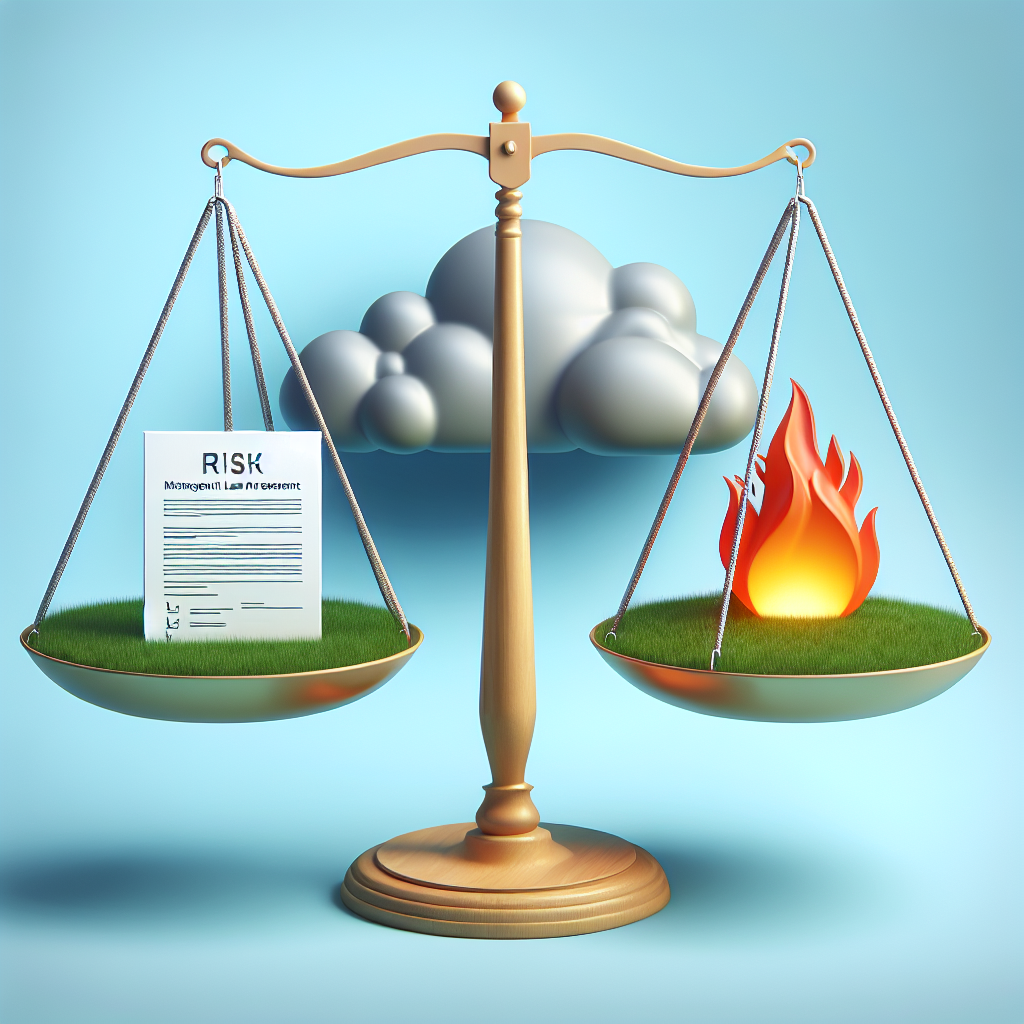
Ensuring Compliance: How Service Level Agreements Help Manage Risk
In today’s complex business environment, ensuring compliance with regulations and standards is a critical task for organizations across all industries. Failure to comply with these requirements can result in financial penalties, reputational damage, and even legal action. One effective tool that organizations can use to help manage compliance risk is a Service Level Agreement (SLA).A Service Level Agreement is a contract between a service provider and a customer that outlines the level of service that is expected, as well as the consequences if those expectations are not met. SLAs are commonly used in the IT industry, but they can also be applied to other areas of business such as procurement, human resources, and customer service.
One of the key benefits of using SLAs to manage compliance risk is that they provide a clear framework for both parties to understand their responsibilities and obligations. By clearly defining the scope of services, performance metrics, and escalation procedures, SLAs help to minimize misunderstandings and ensure that expectations are aligned.
Furthermore, SLAs can also help to incentivize compliance by including penalties or incentives for meeting or failing to meet certain performance targets. For example, a service provider might agree to pay a financial penalty if they fail to meet a specific service level target, or a customer might agree to pay a bonus if the provider exceeds expectations.
By incorporating compliance requirements into SLAs, organizations can ensure that their service providers are aware of their regulatory obligations and are committed to meeting them. This can help to mitigate the risk of non-compliance and demonstrate to regulators that the organization is taking proactive steps to manage its compliance risk.
In conclusion, Service Level Agreements are a valuable tool for organizations looking to manage compliance risk. By clearly defining expectations, establishing performance metrics, and incorporating compliance requirements, SLAs can help to ensure that both parties are aligned in their efforts to meet regulatory obligations and minimize the risk of non-compliance. Organizations that prioritize the use of SLAs in their vendor relationships are better positioned to manage compliance risk and protect their reputation in an increasingly regulated business environment.
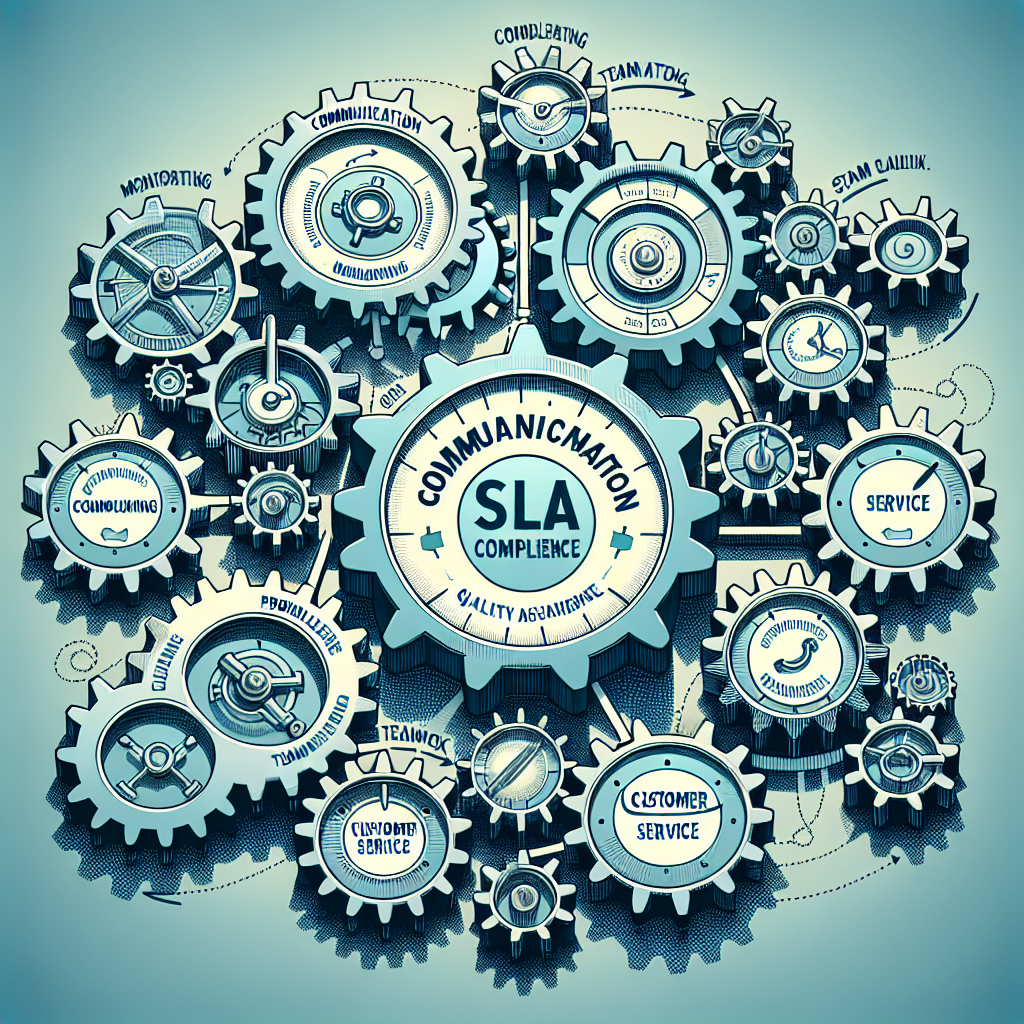
Ensuring Compliance with Service Level Agreements (SLAs): Strategies for Success
Service Level Agreements (SLAs) are a crucial component of any business relationship, providing a clear set of expectations and standards for service delivery. However, ensuring compliance with SLAs can be a challenging task, requiring careful planning and strategic implementation. In this article, we will discuss some key strategies for success in meeting SLA requirements and maintaining strong relationships with clients.1. Clear Communication: The first step in ensuring compliance with SLAs is to establish clear lines of communication with clients. This includes setting expectations from the outset, discussing any potential challenges or limitations, and regularly updating clients on progress towards meeting SLA requirements. By maintaining open and transparent communication, you can build trust with clients and avoid misunderstandings that could lead to SLA breaches.
2. Performance Monitoring: Monitoring performance is essential for meeting SLA requirements and identifying potential issues before they escalate. Implementing key performance indicators (KPIs) and regular performance reviews can help you track progress, identify areas for improvement, and make adjustments as needed to ensure compliance with SLAs. By staying proactive in monitoring performance, you can address any issues promptly and maintain a high level of service quality.
3. Resource Allocation: Adequate resource allocation is crucial for meeting SLA requirements and delivering on client expectations. This includes ensuring that you have the right people, technology, and processes in place to meet SLA commitments. By carefully allocating resources based on SLA requirements and client needs, you can avoid bottlenecks, delays, and other issues that could impact compliance with SLAs.
4. Continuous Improvement: Continuous improvement is key to ensuring compliance with SLAs and maintaining a high level of service quality. By regularly reviewing and analyzing performance data, soliciting feedback from clients, and implementing process improvements, you can identify opportunities for optimization and enhance your ability to meet SLA requirements. By committing to continuous improvement, you can adapt to changing client needs and market conditions, and ensure long-term success in meeting SLA commitments.
5. Contract Management: Effective contract management is essential for ensuring compliance with SLAs and mitigating risks associated with service delivery. This includes clearly defining roles and responsibilities, setting realistic expectations, and establishing mechanisms for resolving disputes or addressing SLA breaches. By managing contracts effectively and proactively addressing any issues that arise, you can protect your business interests and maintain strong relationships with clients.
In conclusion, ensuring compliance with SLAs requires a combination of clear communication, performance monitoring, resource allocation, continuous improvement, and effective contract management. By implementing these key strategies for success, you can meet SLA requirements, exceed client expectations, and build strong, long-lasting relationships with clients.
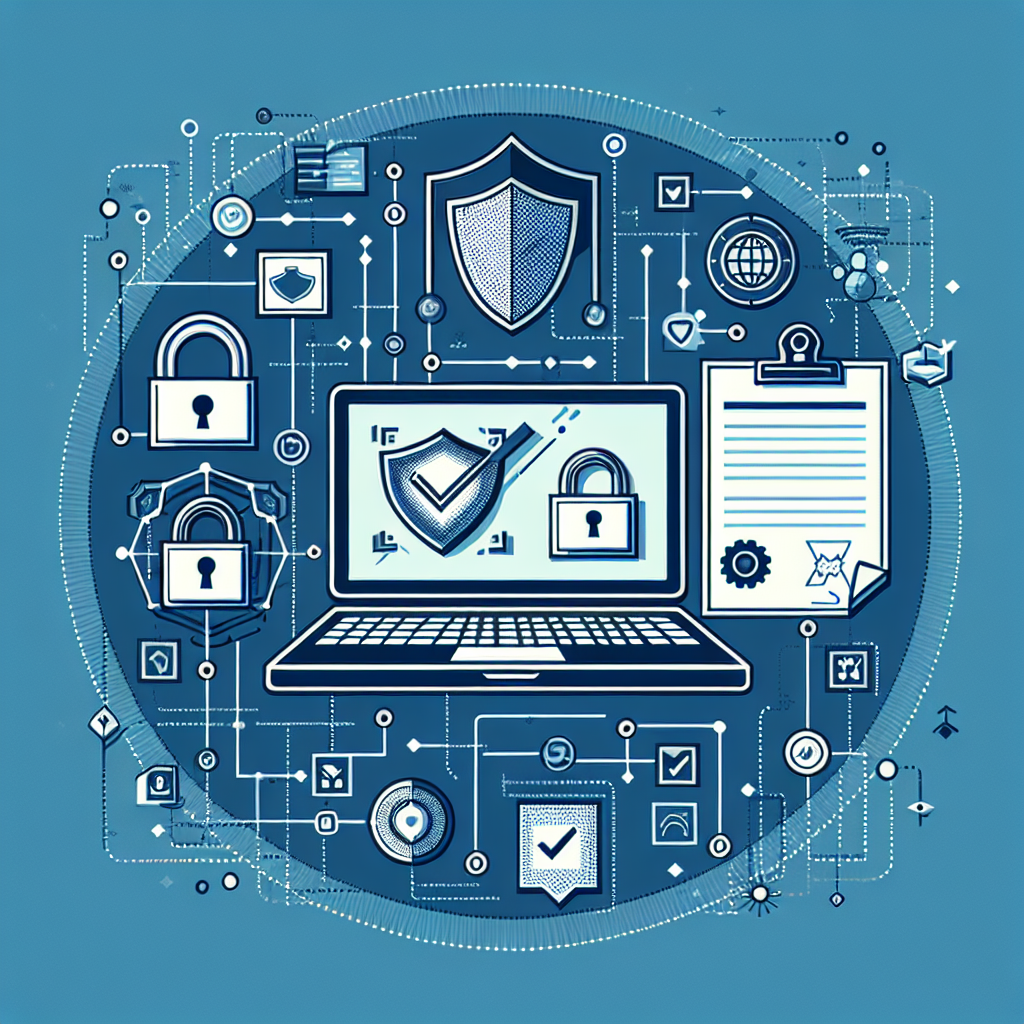
How IT Solutions Can Improve Security and Compliance
In today’s digital age, businesses are facing increasing cybersecurity threats and regulatory requirements. It is crucial for organizations to implement robust IT solutions to enhance security and ensure compliance with regulations.IT solutions play a vital role in protecting sensitive data and preventing cyber attacks. With the rise of sophisticated cyber threats, such as ransomware, phishing scams, and data breaches, organizations need to invest in advanced security measures to safeguard their information.
One way that IT solutions can improve security is by implementing strong encryption protocols to protect data in transit and at rest. Encryption ensures that only authorized users can access sensitive information, making it difficult for cyber criminals to steal data.
Furthermore, IT solutions can help organizations detect and respond to security incidents in real-time. Intrusion detection systems and security monitoring tools can identify suspicious activities and alert IT teams to potential threats before they escalate into a full-blown cyber attack.
In addition to enhancing security, IT solutions can also help organizations comply with industry regulations and standards. Many industries, such as healthcare, finance, and government, have strict data protection laws that require organizations to implement specific security measures to protect sensitive information.
By leveraging IT solutions, organizations can automate compliance processes, track and manage regulatory requirements, and generate audit reports to demonstrate compliance with industry regulations. This not only helps organizations avoid costly fines and penalties but also builds trust with customers and partners who rely on them to protect their data.
Overall, IT solutions are essential for improving security and compliance in today’s digital landscape. By investing in advanced security measures and leveraging technology to automate compliance processes, organizations can better protect their data, mitigate cyber risks, and meet regulatory requirements to stay ahead of the curve in an increasingly complex and challenging cybersecurity environment.

Remote Monitoring: A Vital Tool for Ensuring Safety and Compliance
In today’s fast-paced world, businesses are constantly looking for ways to improve efficiency, cut costs, and ensure compliance with regulations. One tool that has become increasingly popular in achieving these goals is remote monitoring technology.Remote monitoring involves the use of sensors, cameras, and other devices to track and monitor various aspects of a business’s operations from a distance. This technology allows businesses to keep a close eye on their equipment, facilities, and processes without having to be physically present.
One of the key benefits of remote monitoring is the ability to ensure safety and compliance within a business. By constantly monitoring equipment and processes, businesses can quickly detect any potential issues or safety hazards and take immediate action to prevent accidents or violations of regulations.
For example, in industries such as manufacturing or oil and gas, remote monitoring can be used to track the temperature, pressure, and other vital parameters of equipment to ensure they are operating within safe limits. If any abnormalities are detected, alerts can be sent to operators or maintenance personnel to address the issue before it escalates into a major problem.
In addition to safety, remote monitoring also plays a crucial role in ensuring compliance with regulatory requirements. Many industries are subject to strict regulations governing everything from emissions to worker safety, and failing to comply with these regulations can result in hefty fines and legal repercussions.
By using remote monitoring technology to track and record data on a continuous basis, businesses can demonstrate to regulatory authorities that they are taking proactive steps to comply with regulations. This not only helps to avoid penalties but also builds trust with stakeholders and customers who expect businesses to operate ethically and responsibly.
Furthermore, remote monitoring can also help businesses streamline their operations and improve efficiency. By monitoring equipment performance and identifying areas for improvement, businesses can optimize their processes, reduce downtime, and cut costs. This can lead to increased productivity, higher profits, and a competitive edge in the market.
In conclusion, remote monitoring is a vital tool for businesses looking to ensure safety, compliance, and efficiency in their operations. By leveraging the power of technology to monitor and track key aspects of their business from a distance, businesses can stay ahead of potential issues, comply with regulations, and improve their overall performance. Investing in remote monitoring technology is not only a smart business decision but also a necessary step in today’s fast-paced and competitive business environment.

Remote Monitoring: Enhancing Safety and Compliance in the Construction Sector
The construction sector is one of the most high-risk industries, with workers exposed to a wide range of hazards on a daily basis. From working at heights to handling heavy machinery, construction sites can be dangerous environments if proper safety measures are not in place.In recent years, the use of remote monitoring technology has emerged as a valuable tool for enhancing safety and compliance in the construction sector. By leveraging sensors, cameras, and other advanced technologies, construction companies can remotely monitor their worksites in real-time, providing valuable insights into potential risks and compliance issues.
One of the key benefits of remote monitoring is its ability to provide a 360-degree view of the construction site, allowing project managers to identify any safety hazards or compliance violations immediately. For example, sensors can detect unsafe conditions such as excessive noise levels, high levels of dust or fumes, or unauthorized personnel on site, alerting managers to take corrective action before an incident occurs.
Remote monitoring also enables construction companies to track the movement and activities of workers on site, ensuring that they are following proper safety protocols and procedures. For example, wearable technology can monitor workers’ vital signs and movements, alerting supervisors if a worker is in distress or has fallen.
In addition to enhancing safety, remote monitoring can also help construction companies ensure compliance with regulatory requirements. By capturing and storing data on site conditions, worker activities, and equipment usage, companies can easily demonstrate compliance with health and safety regulations and environmental standards.
Furthermore, remote monitoring technology can help construction companies improve productivity and efficiency on site. By providing real-time data on equipment usage, project progress, and resource allocation, managers can identify areas for improvement and make informed decisions to optimize workflows.
Overall, remote monitoring technology is a valuable tool for enhancing safety and compliance in the construction sector. By leveraging advanced sensors and cameras, construction companies can proactively identify risks, ensure compliance with regulations, and improve productivity on site. As the construction industry continues to evolve, remote monitoring will play an increasingly important role in ensuring the safety of workers and the success of construction projects.
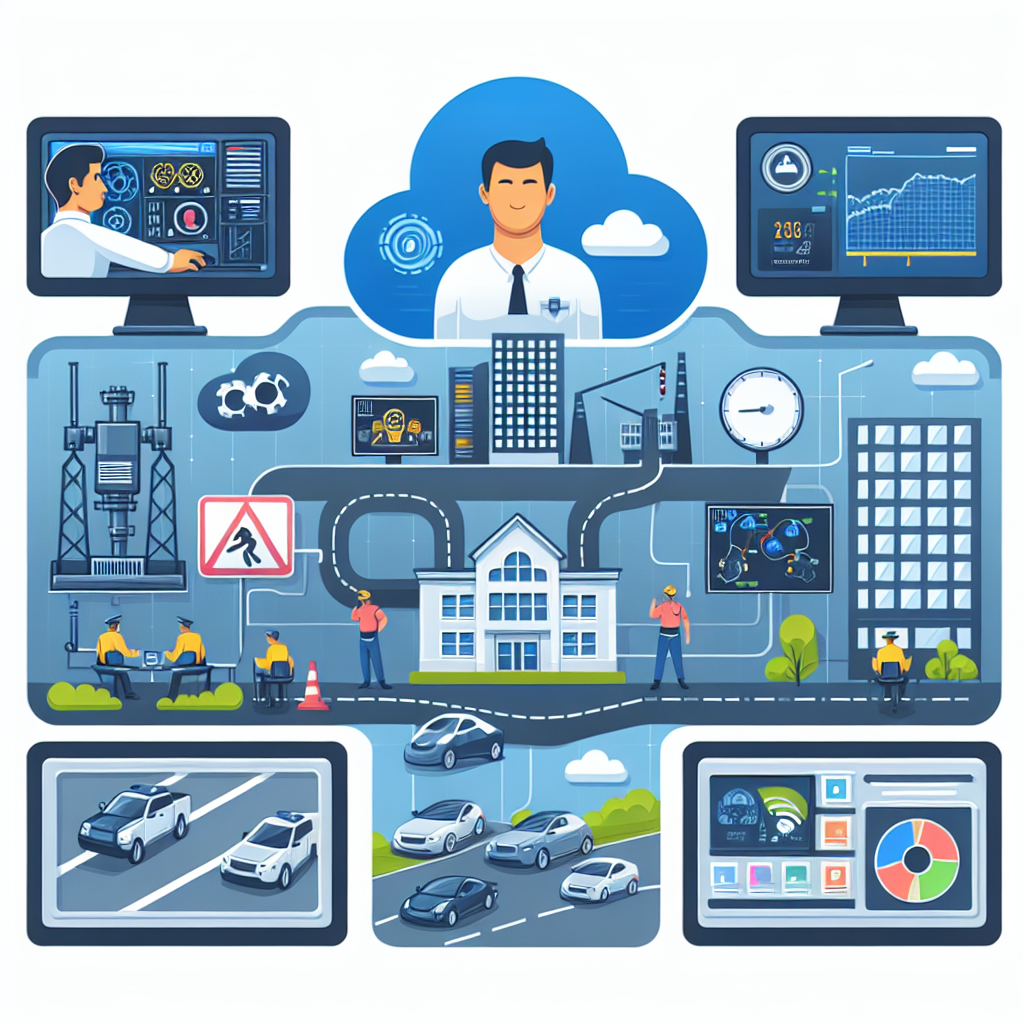
Remote Monitoring: Enhancing Safety and Compliance
Remote monitoring technology has revolutionized the way companies in various industries ensure safety and compliance in their operations. By utilizing advanced sensors, cameras, and data analytics, companies can now monitor their facilities, equipment, and processes remotely, in real-time, from anywhere in the world.One of the key benefits of remote monitoring is enhancing safety. With the ability to monitor critical parameters such as temperature, pressure, and chemical levels, companies can quickly identify any potential hazards or deviations from normal operating conditions. This proactive approach allows companies to take immediate corrective actions, preventing accidents and ensuring the safety of employees and the surrounding environment.
Furthermore, remote monitoring enables companies to comply with regulatory requirements more effectively. By continuously monitoring key metrics and generating detailed reports, companies can demonstrate compliance with safety regulations and industry standards. This not only helps avoid costly fines and penalties but also enhances the company’s reputation as a responsible and compliant organization.
Remote monitoring also offers operational efficiencies by providing real-time insights into equipment performance and maintenance needs. By detecting issues before they escalate, companies can minimize downtime, reduce maintenance costs, and optimize production processes. This proactive approach to maintenance not only extends the lifespan of equipment but also improves overall operational efficiency and productivity.
In addition, remote monitoring technology enables companies to leverage data analytics to identify trends, patterns, and potential risks. By analyzing historical data and predicting future outcomes, companies can make informed decisions to improve operational performance and mitigate risks. This data-driven approach not only enhances safety and compliance but also drives continuous improvement and innovation within the organization.
Overall, remote monitoring technology is a valuable tool for enhancing safety and compliance in various industries. By leveraging advanced sensors, cameras, and data analytics, companies can proactively monitor their operations, prevent accidents, comply with regulations, and optimize performance. As technology continues to advance, remote monitoring will play an increasingly important role in ensuring the safety, compliance, and efficiency of operations across industries.
